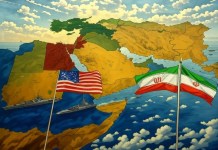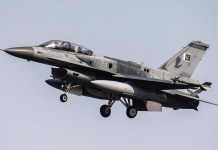India has quietly surpassed Pakistan in nuclear warhead numbers for the first time in over two decades, signaling a shift in South Asia’s strategic balance.
As tempers flare between two nuclear-armed neighbors, after a brutal terror attack in Kashmir that killed 26 tourists, South Asia edges dangerously closer to a potential military confrontation.
In the idyllic Baisaran Valley, terror struck with a cruelty that shattered Kashmir’s fragile calm. Pakistan-backed militants ambushed 26 unsuspecting tourists, staining the meadows of Pahalgam with blood and setting in motion a chain of events that now threatens to spiral far beyond the valley’s borders.
The Indian government’s response has been swift and unforgiving. Homes of suspected militants have been razed. Security forces stormed suspected hideouts. Hundreds of overground workers — civilians accused of aiding militants — have been rounded up for intensive interrogation, officials reported on Saturday.
Meanwhile, the Union Ministry of Information and Broadcasting has instructed media outlets to halt live broadcasts of military operations, aiming to safeguard both operational security and public order.
But Kashmir’s agony is only the beginning of a much larger, far graver crisis. As New Delhi points an accusing finger squarely at Islamabad, blaming Pakistan for harboring and enabling terror networks, diplomatic relations between the two nuclear-armed neighbors are unraveling with frightening speed. Pakistani diplomats have been expelled. Borders sealed. Water-sharing agreements suspended.
South Asia stands once again on the edge of a knife.
Dangerous Nuclear Reality
Just as tensions erupt, another unsettling development demands attention: the balance of nuclear power between India and Pakistan has shifted.
According to the latest Status of World Nuclear Forces report released by the Federation of American Scientists (FAS), India now possesses roughly 180 nuclear warheads, surpassing Pakistan’s estimated 170.
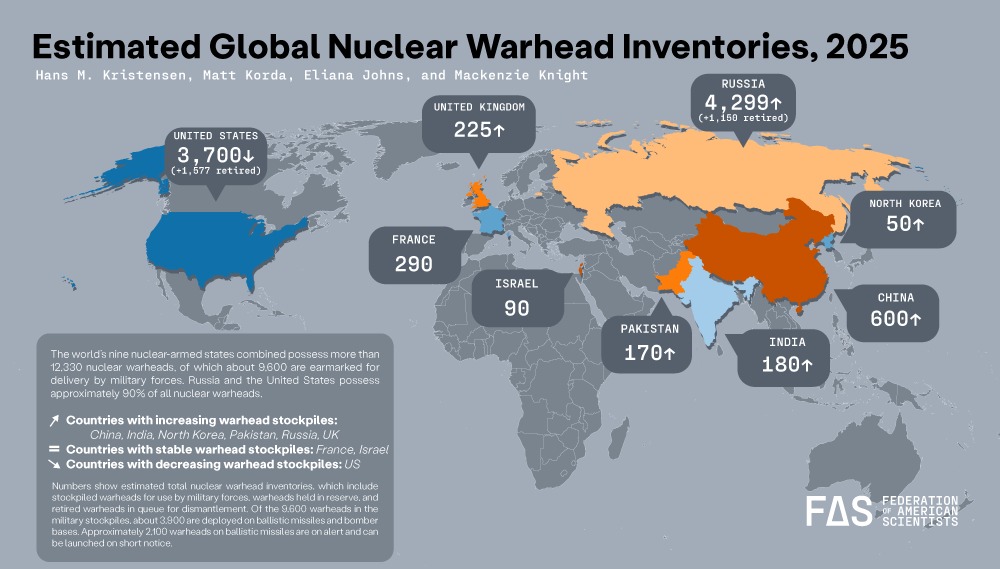
It’s the first time in over two decades that India has surpassed its rival in nuclear stockpile size, signaling a subtle yet critical shift in South Asia’s strategic landscape.
This shift had been foreshadowed by the Stockholm International Peace Research Institute (SIPRI) in its 2024 report, which estimated India’s stockpile at around 172 nuclear warheads — narrowly surpassing Pakistan’s count of 170.
India’s nuclear journey began in 1974, when it conducted its first nuclear test, emerging as the sixth country in the world to demonstrate nuclear capability. Pakistan followed nearly a quarter-century later, conducting its own tests in 1998 in response to India’s moves, locking both countries into a delicate and volatile nuclear competition.
For much of the past two decades, Pakistan maintained a slight numerical advantage, in part by developing tactical nuclear weapons designed to offset India’s superior conventional forces.
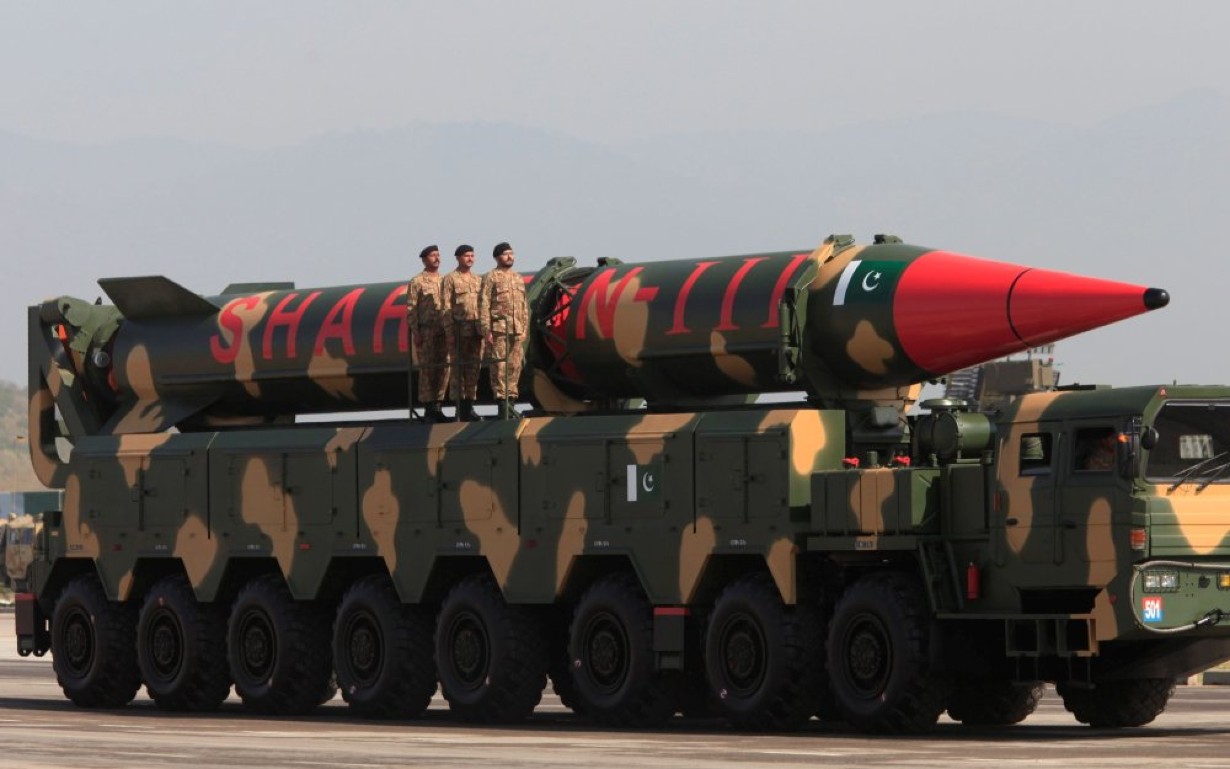
But New Delhi’s nuclear modernization drive, particularly the successful test of its Agni-5 ballistic missile armed with Multiple Independently Targetable Reentry Vehicles (MIRVs) earlier this year, dramatically increases its nuclear reach and flexibility. MIRV technology enables a single missile to strike multiple targets — a major leap in offensive capability, complicating the strategic calculus not only for Pakistan but also increasingly for China.
Both India and Pakistan are now racing to develop MIRV capabilities, opening a new and more volatile chapter in their nuclear rivalry — one defined by speed, sophistication, and the terrifying potential for miscalculation.
The Gulf In Military Power Grows Wider
The shifting nuclear balance is accompanied by another, even starker disparity: defense spending.
India’s defense budget for 2025–26 has increased to an estimated $79 billion, a nearly 10% rise from the previous year. Pakistan’s budget, by contrast, struggles at around a mere $8 billion. In simple terms, India now spends nearly ten times more than Pakistan on its military.
This financial muscle translates directly into hardware and capabilities. India has expanded its arsenal with Rafale fighter jets, Russian-made S-400 air defense systems, and a sweeping modernization of its Army, Navy, and Air Force.
Meanwhile, Pakistan, heavily burdened by maintaining a large standing army and a credible nuclear deterrent, is increasingly forced to pick and choose among its modernization needs, stretching limited resources ever thinner.
India’s deepening conventional superiority, paired with its growing nuclear capabilities, is reshaping the regional balance of power, leaving Pakistan more reliant than ever on asymmetric strategies and its nuclear deterrent to offset the widening gap.
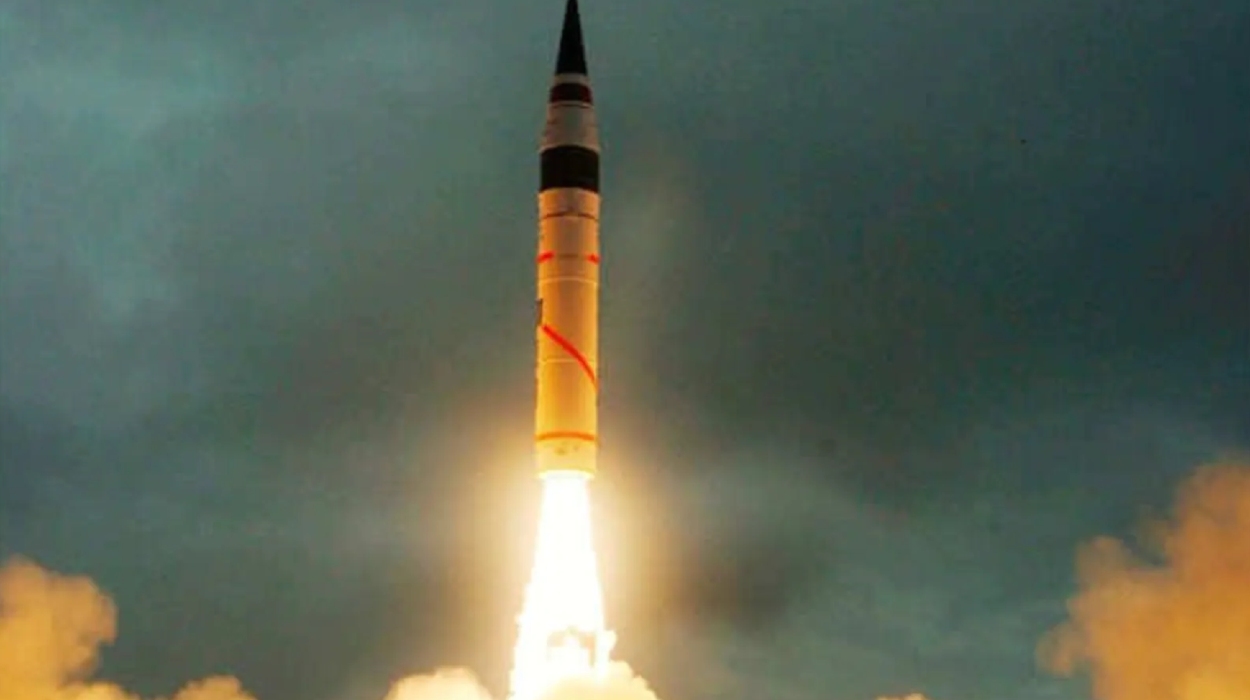
The Specter Of Escalation
The Pahalgam massacre has unleashed a tide of rage and retribution. Yet the true danger lies not just in India’s muscular response, but in the volatile nuclear backdrop against which it unfolds.
India’s nuclear policy, formally centered on a “No First Use” policy, has shown signs of flexibility in recent years. Senior Indian leaders have hinted that a major terrorist attack, particularly one linked to Pakistan, could trigger nuclear retaliation under certain circumstances, especially if chemical or biological weapons are involved.
Meanwhile, India’s pursuit of a fully operational nuclear triad, the ability to launch nuclear strikes from land, sea, and air, gives it unprecedented options for response and deterrence.
Longer-range missiles like Agni-V and the upcoming Agni-VI are designed not just for Pakistan, but to hold Chinese cities at risk — another sign that India’s strategic horizons are expanding.
While India actively participates in international non-proliferation initiatives, such as the Missile Technology Control Regime (MTCR), and seeks membership in the Nuclear Suppliers Group (NSG), it remains outside the Nuclear Non-Proliferation Treaty (NPT) and the Comprehensive Test Ban Treaty (CTBT). Its nuclear policy remains very much its own — flexible, opaque, and tailored to its unique regional challenges.
A Fragile Region In A Volatile World
At a time when the Israel-Gaza war continues to rage in the Middle East and the Russia-Ukraine conflict grinds on in Europe, the emergence of yet another flashpoint in South Asia is deeply concerning.
The international system is already stretched thin, with major powers preoccupied and diplomatic resources strained.
In such an environment, the risks of miscalculation and escalation become even higher, especially between nuclear-armed states like India and Pakistan, whose historic mistrust and unresolved disputes could easily magnify a local incident into a larger crisis.
At this fragile moment, strategic patience, robust crisis management, and backchannel diplomacy are more critical than ever.
- Shubhangi Palve is a defense and aerospace journalist. Before joining the EurAsian Times, she worked for ET Prime. She has over 15 years of extensive experience in the media industry, spanning print, electronic, and online domains.
- Contact the author at shubhapalve (at) gmail.com

